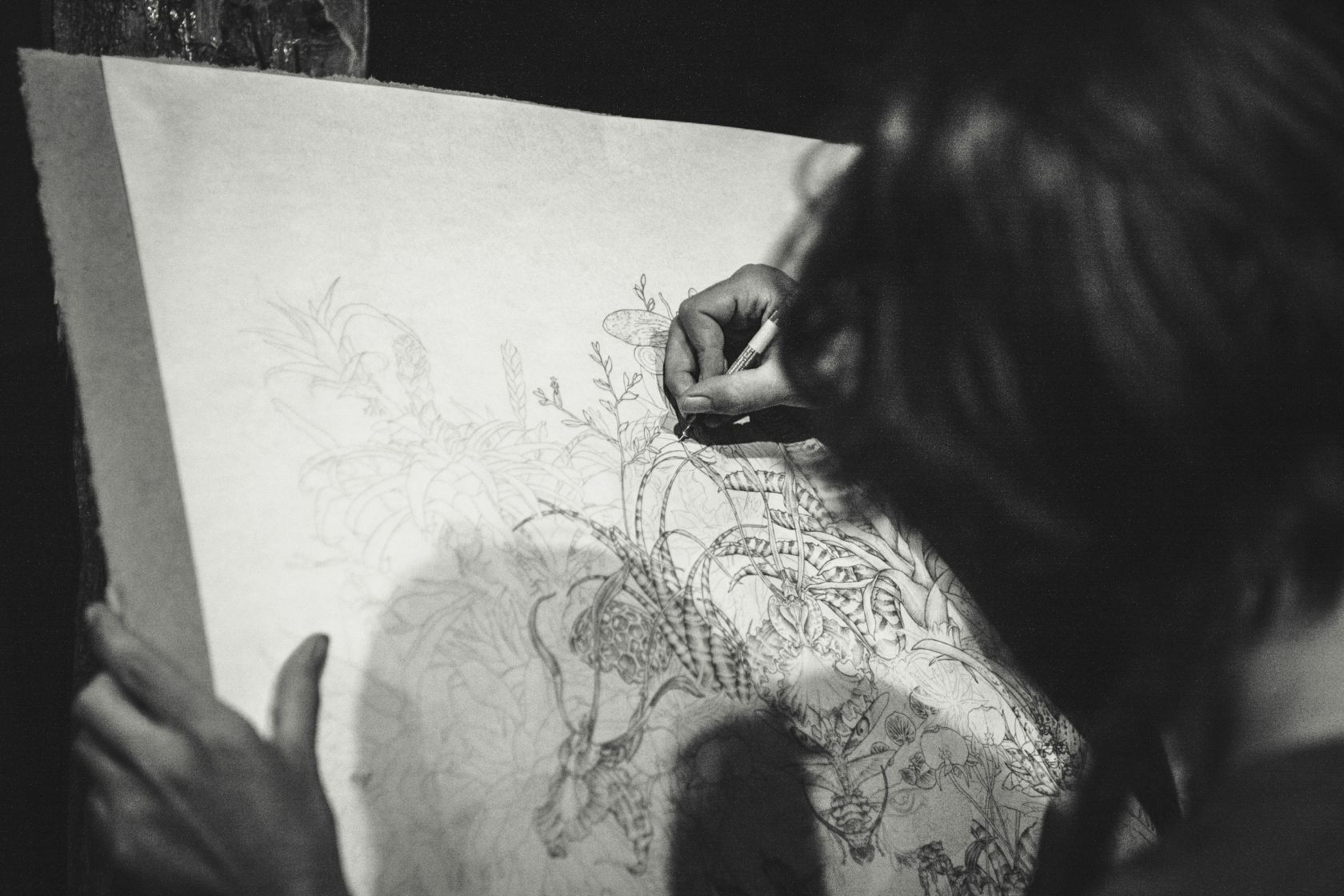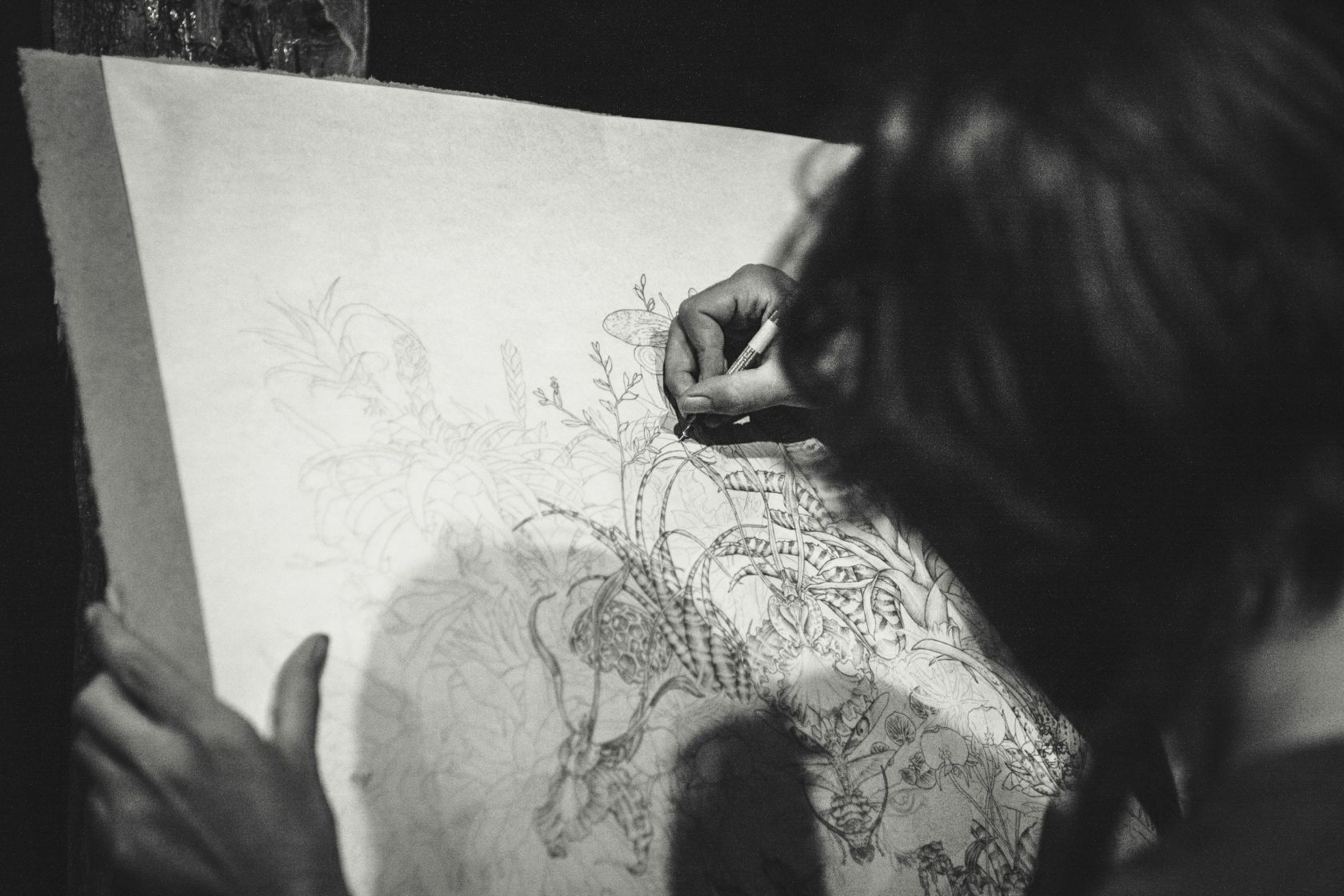
Student engaged in a geometric art project
The “creative classroom” is a concept that revolutionizes the conventional educational paradigm by harnessing the boundless potential of human creativity. This approach goes beyond traditional educational methods by integrating arts into the curriculum, thereby enriching students’ learning experiences. Key highlights include:
-
Innovation and Imagination: The creative classroom fosters an environment where students can explore their imaginations, develop critical thinking skills, and gain a deeper understanding of complex subjects through various art forms like visual arts, music, theater, or literature.
-
Engagement of Multiple Senses: Artistic activities engage multiple senses and encourage experimentation, which enhances students’ learning experiences and promotes collaboration.
-
Cognitive and Emotional Development: Art not only aids in cognitive development by activating various brain regions but also fosters emotional intelligence. It provides a medium for self-expression, helping students understand and manage their emotions and develop empathy.
-
Critical Thinking: Art in education shapes individuals into critical thinkers by encouraging curiosity, providing analytical tools, and balancing guidance with freedom.
-
Case Studies: Integrating art into subjects like math and language learning led to improved student engagement and academic performance. In one case, a middle school in New York City integrated art into math education through geometric art projects, enhancing students’ understanding and appreciation of math. In another, a California school incorporated music into language learning, accelerating language acquisition and cultural understanding.
-
Challenges: Despite its benefits, integrating art into education faces obstacles such as rigid curricula, scarce resources, and inequitable access to art education.
-
Conclusion: The fusion of art and education represents a significant shift in the educational landscape, fostering a more vibrant and effective learning environment. It highlights the importance of innovative teaching methods and the impact of art on student engagement, critical thinking, and emotional development.
The creative classroom is a means for revolutionizing education, making it more engaging, effective, and enjoyable for students.
